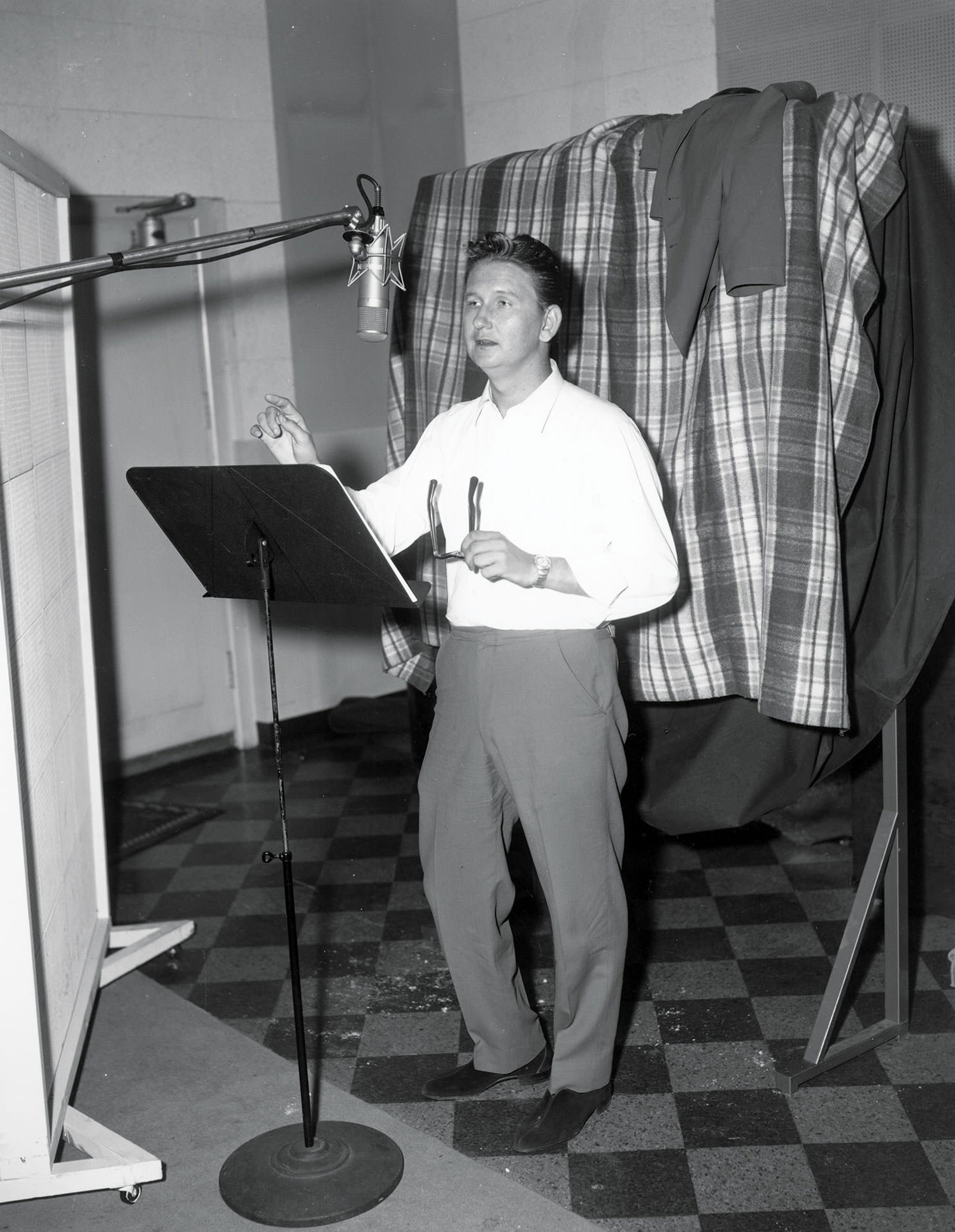From guitars to drums to cabinets, many of the instruments we record are made of wood. As an organic, porous substance, wood tries to equalize to the surrounding air in terms of temperature and humidity. Having a stable humidity level can help to avoid damage to expensive gear as well as keep engineers and artists comfortable. Most of the time, air has water floating around in it in the form of moisture vapor. You'll often hear weather forecasters talk about relative humidity. Relative humidity is the amount of moisture in the air compared to what the air can "hold" at that temperature. The water vapor is actually mixed with the air.
Hey, here's an equation:
[object Object]
About 50% relative humidity is considered ideal for instruments and comfortable for humans. 40% relative humidity is ideal for storing magnetic tapes, but be aware that they prefer temperatures in the range of 15 ± 3° C (59 ± 5° F). Depending on your geographic area, your situation may change during the seasons. Portland, Oregon, for example, has a high average humidity, whereas Tucson, Arizona has a low average humidity. Other places have mixed situations. Madrid has high humidity in the winter and low humidity in the summer (which is the opposite of many U.S. cities like Minneapolis, Pittsburgh, and Buffalo).
[object Object]
To address your humidity issues, it's a good idea to get a humidity sensor, sometimes called a hydrometer. This will let you know what the exact levels are in your studio. If you have guitars, drums or organs in house, consider keeping the hydrometer near them. Reliable digital models are available for about $20. In general, the ideal situation for instruments is 72° Fahrenheit with 50% relative humidity. However, you may achieve stable results with higher or lower thermostat settings. In hot months — if you live in an area with air conditioning, you probably know that your cooling unit chills the air while removing water vapor. This will help de-humidify your studio. Standalone dehumidifiers are also available (but they are noisy). In cooler months — if you need a furnace or boiler in the winter, you want to make sure that there is enough water vapor in the air. Check to see if you have a humidification attachment for your heating system. Readers with radiated heat (vs. forced air systems) might need to buy a standalone humidifier to introduce more water vapor in the air. Finally, if you're having trouble stabilizing your studio, you might look into various insulation improvements to your building. This will also help to conserve energy and reduce your monthly expenses!
[object Object]
Having a good environment for engineers, artists and instruments is more than hanging some black light posters and setting out some candles. Creating a stable humidity level will make people more comfortable, and help keep instruments good sounding and long lasting. Once you know what you need to keep your temperature and humidity in line, you can move on toward other important tasks.





